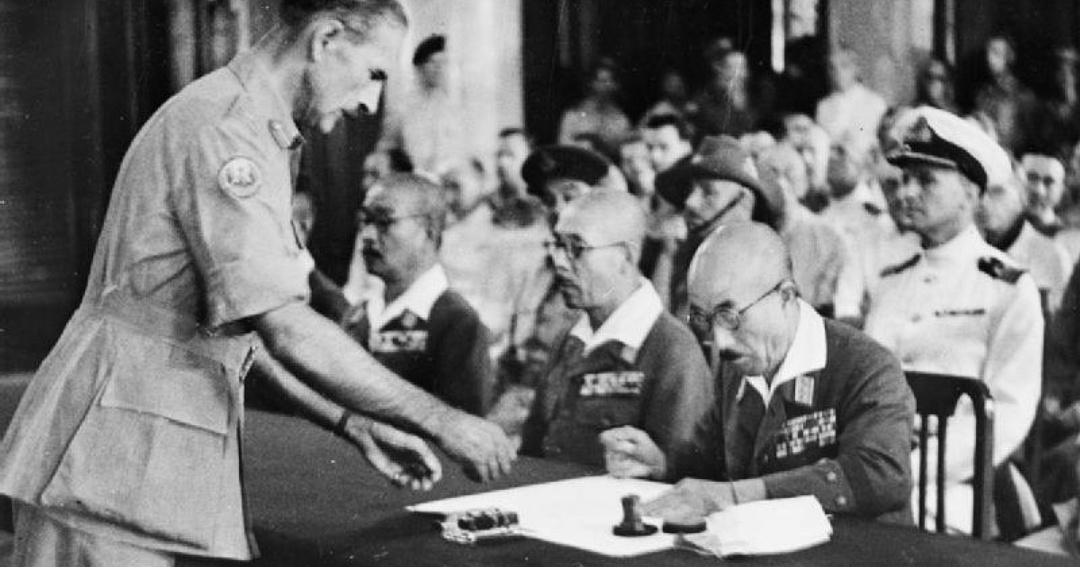This year, Singapore commemorates the 80th anniversary of the Fall of Singapore and the Japanese Occupation. Over the course of this week, Mothership will be republishing stories that highlight the key events that marked one of the darkest moments in Singapore's history.
Mention World War 2 to Singaporeans and thoughts of the Japanese Occupation and its associated atrocities, suffering, and death come to mind. It was a difficult time.
Singapore fell to Imperial Japan on Feb. 15, 1942. This year marks the 80th anniversary of the beginning of the Occupation.
It was a dark period that saw the local population suffer severe food shortages and the general brutality of the occupying forces, which included the massacres carried out in the Sook Ching operation.
Things changed, however, when the United States dropped two atomic bombs on the Japanese cities of Hiroshima on Aug. 6 and Nagasaki on Aug. 9, 1945.
Japan surrendered, unconditionally
On Aug. 15, 1945, Japanese Emperor Hirohito announced over the radio that Japan had accepted its fate of surrendering unconditionally to the Allied forces, marking the beginning of the end of the war and Japanese Occupation.
Following that, leaflets written in English, Chinese, Japanese, Jawi, and Tamil were dropped by Allied planes over places like Singapore, announcing the news of the surrender.
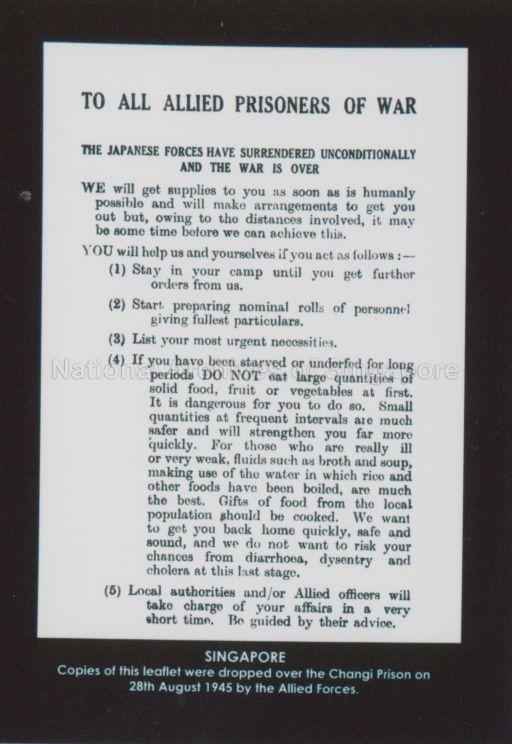 Source: NAS
Source: NAS
Formal surrender
Following a few weeks of chaos that saw some locals who had collaborated with the Japanese lynched by groups of people, the formal ceremony for the Japanese surrender to the British was held on Sept. 12, 1945.
In a ceremony held at City Hall (present-day National Gallery Singapore), Imperial Japanese Army General Seishiro Itagaki led a delegation of Japanese representatives and signed the formal Instrument of Surrender in the presence of the British led by Lord Louis Mountbatten, the Supreme Commander of South-East Asia Command.
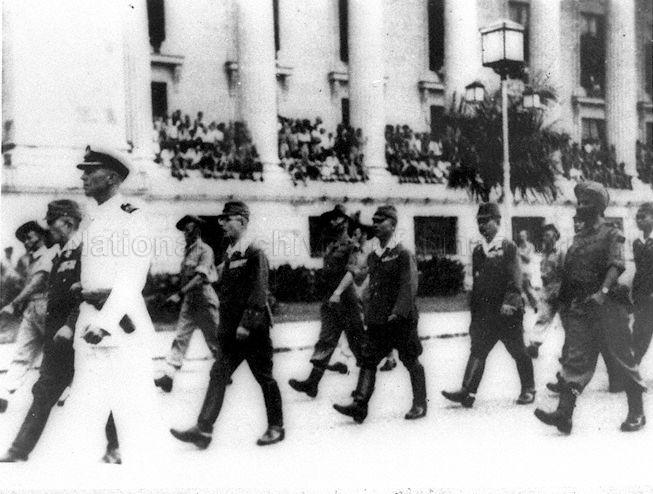 Japanese delegation arriving at City Hall for the ceremony. Source: NAS
Japanese delegation arriving at City Hall for the ceremony. Source: NAS
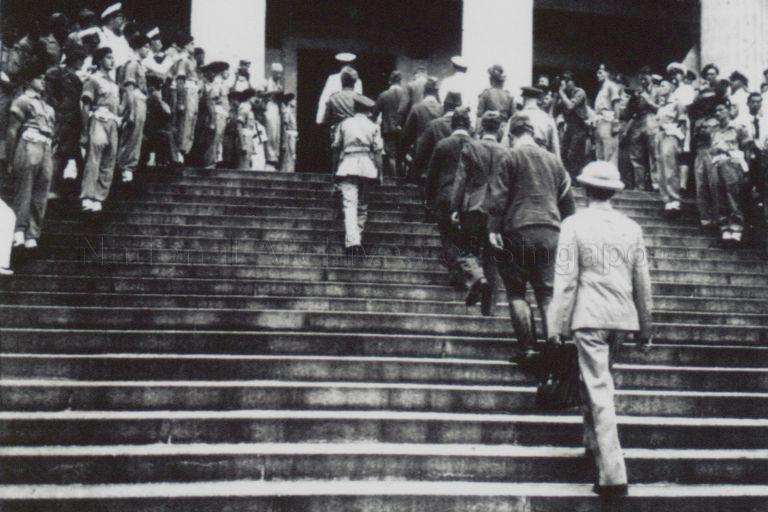 Japanese delegation heading up the steps to the entrance of City Hall. Source: NAS
Japanese delegation heading up the steps to the entrance of City Hall. Source: NAS
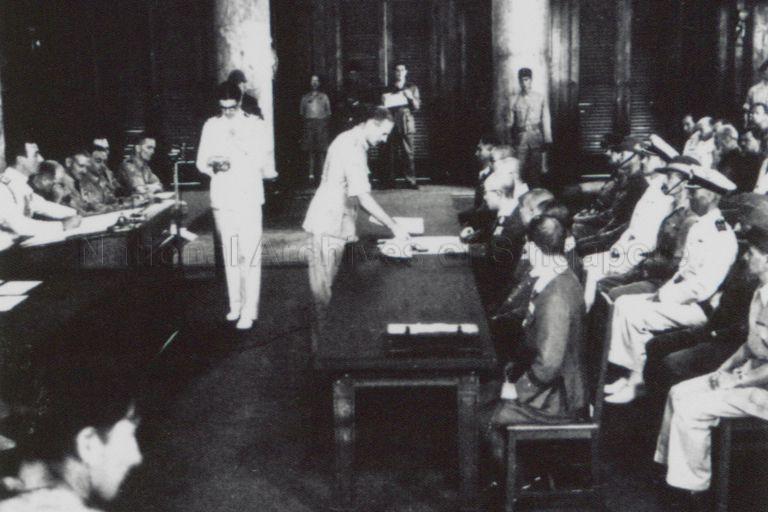 General Itagaki signing the Instrument of Surrender in the presence of Lord Mountbatten. Source: NAS
General Itagaki signing the Instrument of Surrender in the presence of Lord Mountbatten. Source: NAS
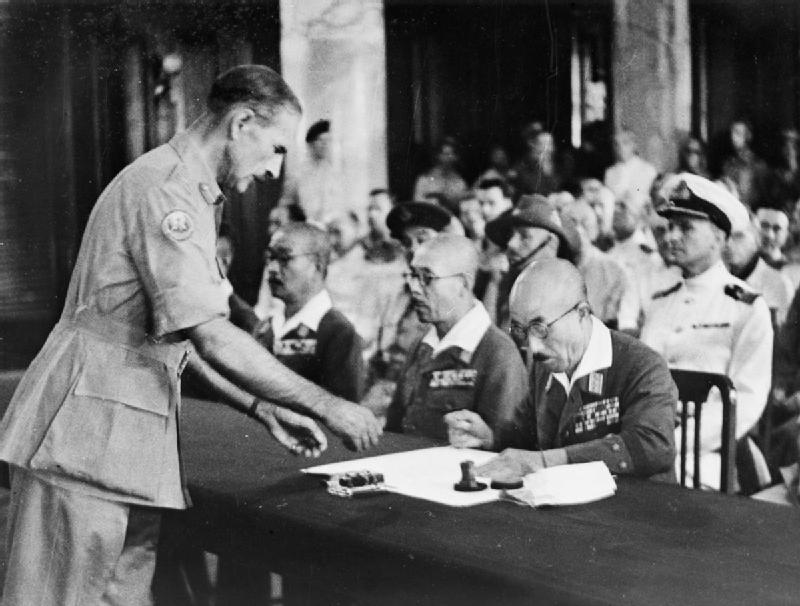 Source: Wikipedia
Source: Wikipedia
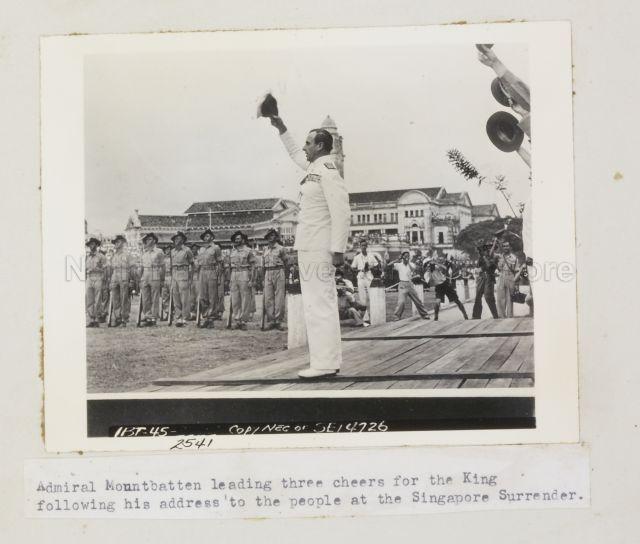 Source: NAS
Source: NAS
The ceremony brought the war and Japanese Occupation to an official end for Singapore.
Footage of The Tiger of Malaya being tried for war crimes
Months after conquering Singapore, General Tomoyuki Yamashita, the architect behind the swift Japanese invasion of Malaya and Singapore during World War 2, fell out of favour with the Japanese imperial government.
Yamashita was transferred to Manchuria before he was recalled in 1944 to command the defence of the Philippines against U.S. forces trying to re-take their territory.
At the end of the war, Yamashita was taken prisoner by U.S. forces and put on trial for his involvement in war crimes, including Sook Ching.
Yamashita's trial proceedings and his sentencing were captured on film. You can watch footage of the proceedings in this clip which was posted by The Merlion Press.
In it, Yamashita denied knowledge of the atrocities committed under his command. He was also solemn and dejected, looking nothing like the figure that he was during the British surrender at the old Ford Factory.
Yamashita was sentenced to death by hanging. His execution took place on Feb. 23, 1946, at a location near Manila in the Philippines.
Top image from Wikipedia.
This article is adapted from two articles written by Henedick Chng and published on Mothership.sg in 2017: "Japan formally surrendered 72 years ago, marking the end of Japanese Occupation of S'pore" and "Rare newsreel video captured trial & sentencing of General Yamashita who ordered Sook Ching"
If you like what you read, follow us on Facebook, Instagram, Twitter and Telegram to get the latest updates.
